Does Ultherapy work?
Yes, Ultherapy does work – for most people. When Ultherapy works, it can tighten and lift the face – or the brow, or the skin under the jaw or sagging skin on the body – because the treatment is targeting and tightening the skin so deeply. The ultrasound energy also boosts the formation of new collagen and elastin over the next few months, which is what really tightens up the skin.
As with pretty much any treatment, however, there are some people who just don’t respond to Ultherapy.
Worse, some people do respond to Ultherapy but have visibly negative results, with fat loss beneath the skin that leaves it droopier than before.
How does Ultherapy work?
Ultherapy uses high-intensity focused ultrasound waves which pass deep into the skin, targeting collagen as deep as the SMAS layer, which lies below the skin and the fat. The SMAS layer is at different depths on different areas of the face, and the usual procedure with Ultherapy is to do two ‘passes’ at varying depths, in order to catch the SMAS and a layer of tissue above it.
To help the therapist aim each pulse of ultrasound waves into precisely the right spot, the Ultherapy device contains a visualiser pane. This pane uses what you might call ‘normal’ ultrasound – unfocused ultrasound waves – to show the layers in the skin, so the therapist can focus the treatment exactly where it is needed.
What does Ultherapy feel like?
The first version of the Ultherapy treatment, which was launched in the UK in 2013, was notorious for being painful. The second version of the Ultherapy machine, which was released in 2015, found a way to dial down the intensity of the treatment considerably while still gaining most of the results.
Even so, you are likely to experience at least some discomfort during treatment, and your practitioner may offer you some pain relief first. The focused ultrasound waves feel like sharp little pulses. How severe you find the sensation depends on your pain threshold and the type of treatment itself. For me, treatment on the neck was mildly uncomfortable, whereas treatment on the jawbone was moderately uncomfortable.
Where can I get Ultherapy?
You can use the Find a Practitioner tool on this website to find an Ultherapy practitioner.
Make sure that the practitioner has extensive experience using Ultherapy and can show results – for example, do they have before-and-after pictures on display that showcase the type of work you want to have done?
You should also make sure you get genuine Ultherapy treatment rather than similar treatment from a competitor. As I mentioned earlier on this page, Ultherapy is currently the only ultrasound-based treatment device that has FDA clearance for lifting the skin.
How much does Ultherapy cost?
How much Ultherapy costs depends on which areas you’re having treated. Here are approximate prices:
- An Ultherapy browlift – at the time of writing, this is exclusive to the Cosmetic Skin Clinic in London – costs £495.
- Ultherapy treatment for a single area of your face or neck starts at around £750.
- A full-face treatment costs in the range £1,500–£2,000.
- A full face and neck treatment costs £2,500 or more.
- A treatment for décolletage wrinkles costs £1,500–£2,000.
How long does Ultherapy take?
This depends on what exactly you’re having done, but an Ultherapy session to treat the whole neck-to-jaw area takes about 45 minutes. An Ultherapy session to treat a single area, such as your brow, takes around 30 minutes.
How long does Ultherapy last?
The effects of the Ultherapy treatment last for 18 months or so. The full results of the Ultherapy treatment take about three months to appear.
Are there any side effects to Ultherapy?
Ultherapy can have various side effects. Some side effects occur frequently, whereas others occur less frequently.
These two side effects occur frequently:
- Redness. The treated area may be slightly red for a few hours after treatment.
- Swelling and tenderness. The treated area may be somewhat swollen or tender for several weeks after treatment.
These two side effects occur more rarely:
- Bruising. The treated area may exhibit bruising for one to two weeks.
- Local numbness. Parts of the treated area may feel numb for up to two weeks.
See the next section for a discussion of another reported side effect of Ultherapy – melting fat in the face.
Does Ultherapy melt face fat?
There are various horror stories on the web about how Ultherapy ‘melts fat’ in faces. If you’re already losing fat in your face, as tends to happen as you age, you likely don’t want to lose any more of this essential padding.
I have spoken to the manufacturers of the machine and to top practitioners such as Dr Tracy Mountford, whose clinic does more Ultherapy treatments than anywhere else in Europe, and Dr Julia Sevi, who is the global Key Opinion Leader for Ultherapy, and who has devised the latest treatment protocols for the machine.
The manufacturers (and the practitioners) say that if a practitioner is scrupulous about following the treatment guidelines, uses the machine correctly and, above all, as long as they are using a genuine Ultherapy machine, all will be absolutely fine. Because it is a new, effective, and FDA-approved technology, there are already many copies of the Ultherapy machine in the market. Many of these are (illegally) advertised using Ultherapy branding but don’t have its safety and efficacy data, and there are also apparently fake machines around. In aesthetics, as in other luxury industries, there is a great deal of counterfeiting.
So Ultherapy *could* cause fat-loss on the face – if it is used incorrectly. If the energy it delivers is fired into the fat instead of at the collagen surrounding the SMAS, that would be a problem. This is why it is so important to find an experienced practitioner who knows how to get good results with the device.

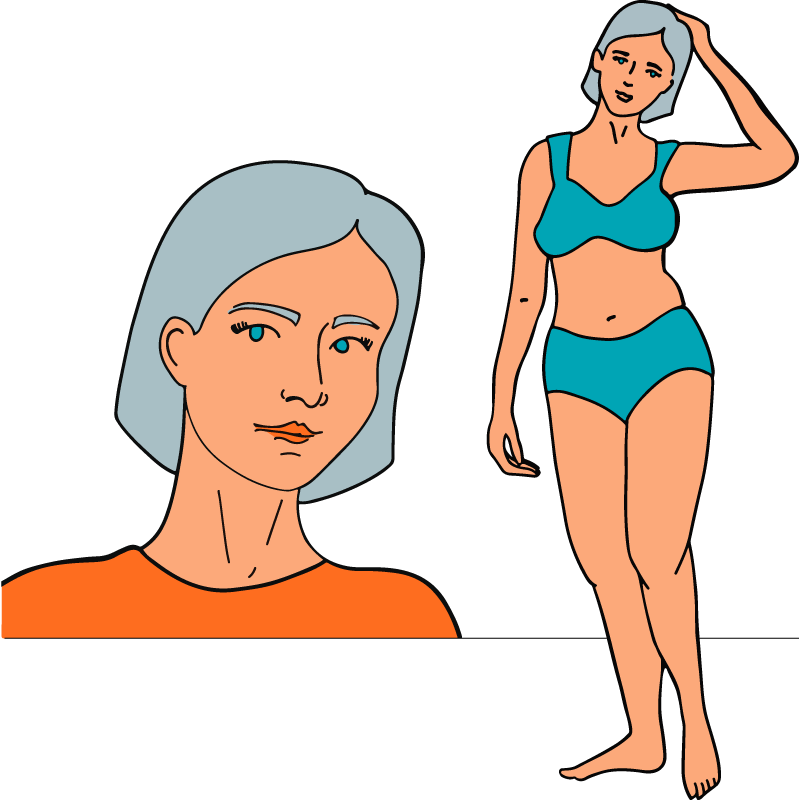

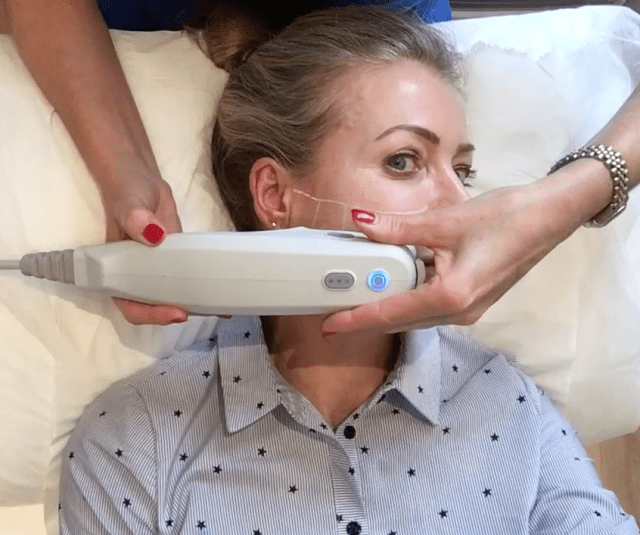
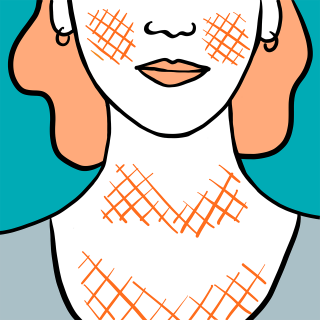
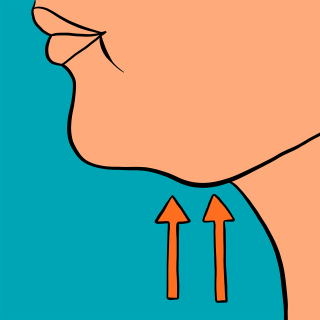
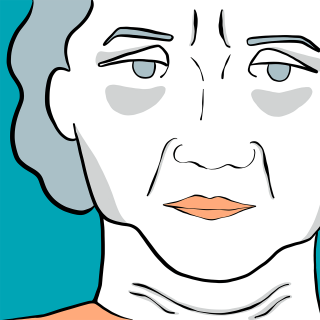

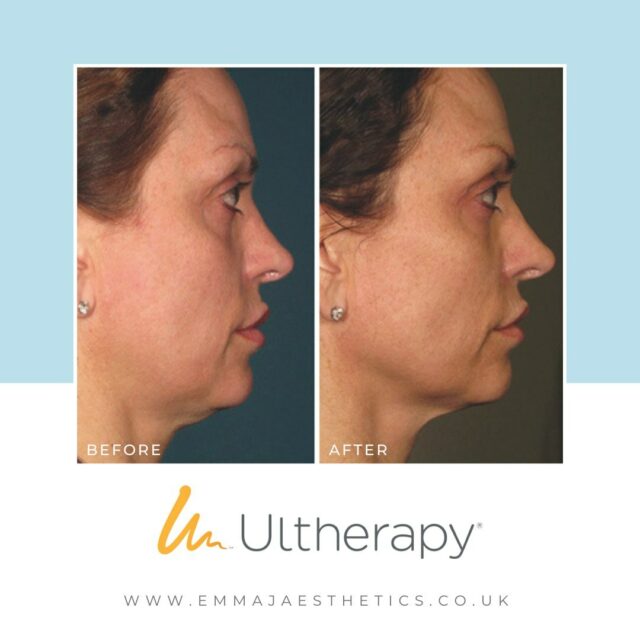
 The Tweakments Chatbot
The Tweakments Chatbot